How ‘Alien: Covenant’ Erases Predators From the Official Alienverse (Spoilers!)
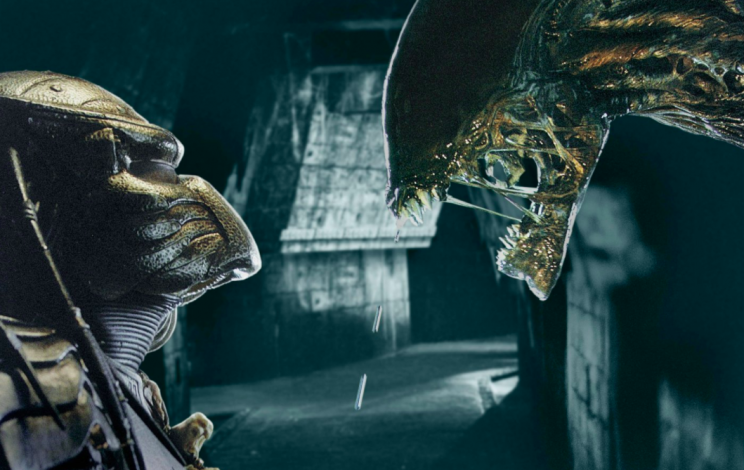
Warning: This story discusses major plot points from Alien: Covenant.
Ridley Scott has rewritten the Alien history book, and this edition scrubs a contentious period from the canon: the Predator wars.
Alien: Covenant, which serves as a prequel to his 1979 franchise-launching space-monster movie, offers an origin story for the Xenomorphs, the rapacious sausage-headed, acid-blooded, extraterrestrial terror bugs central to the Alien saga. It’s an origin story that renders the crossover Alien vs. Predator movies obsolete.
*Spoilers follow*
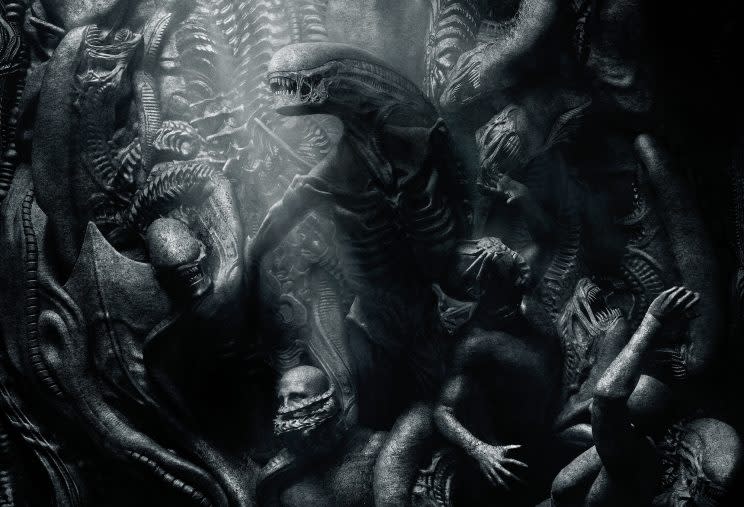
The film teaches us that the Xenomorphs were not the product of a natural evolution; instead, the android David (Michael Fassbender) works out his god complex by genetically engineering the creatures and setting them loose on the ill-fated Covenant crew. Therefore, according to the timeline established by the new chapter, Xenomorphs enter the universe in the year 2104. Remember that year — it’s significant.
Watch: Alien Covenant Cast Reveals the First Facehugger Victim in Alienverse
Between the 1986 sequel Aliens — James Cameron‘s blockbuster follow-up to Scott’s film — and David Fincher‘s 1992 installment, Alien 3, a new wrinkle was added to mythology: the Predator. The dreadlocked warrior had been introduced in the eponymous 1987 Arnold Schwarzenegger vehicle; 20th Century Fox, which produced Alien and Predator, licensed both properties to Dark Horse Comics. In 1989, the publisher did what comic-book publishers tend to do: Cross over the space monsters into a three-part series titled, yes, Aliens vs. Predator.
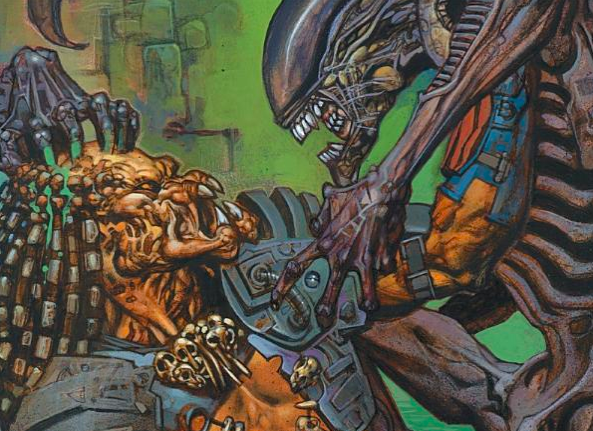
While the AvP comic books were flying off shelves, production was cooking on Predator 2. The effects team, which had worked on both Alien and Predator films and was aware of the comic book, decided, as an inside joke, to include a Xenomorph skull on a trophy wall inside the Predators’ spaceship, which is briefly glimpsed by Danny Glover’s hero in the film’s climactic moments. The idea was that the fearsome extraterrestrials had met earlier in some far-flung corner of the galaxy before arriving on 1990s Earth. And from that Easter egg, a shared cinematic universe was born.
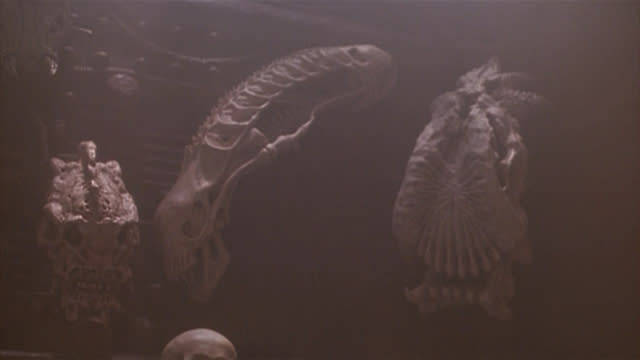
In the early 2000s, with both franchises floundering, Fox green-lit the Alien vs. Predator movie, which fleshed out the Alien-Predator connection. The film, set in 2004, explains that Predators have visited the Earth for millennia, being worshipped as gods. Every 100 years, as a rite of Predator passage, they would bring alien “facehuggers” to infect human hosts. Their young warriors would then need to slay the resulting Xenomorphs to become a full-fledged hunter. While a critical disappointment (Scott, Cameron, and original star Sigourney Weaver also gave it a thumbs-down), Alien vs. Predator did well enough at the box office to trigger the 2007 sequel, Alien vs. Predator: Requiem, which continued the monster-on-monster smackdown. Comics, novels, and video games followed.
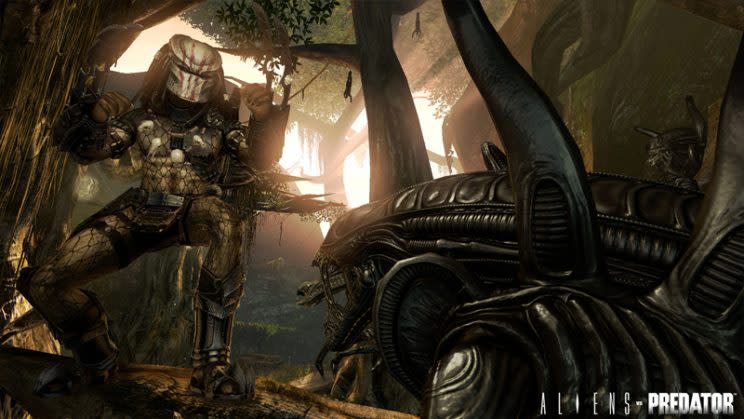
However, plans for a third AvP installment, conceived as a prequel to the 1979 classic, were tabled as Scott, the architect of Alien and an avowed critic of the franchise mashup, came back into the fold. The filmmaker began plotting out a multi-film story set in what he calls the Alienverse — and in Scott’s Alienverse, there was no room for Predators.
As we noted above, Xenomorphs do not exist in Scott’s cinematic universe until 2104. That means the entirety of the AvP history as documented on film and set a century earlier has become moot. (Fox seems resigned to separating the franchises again, relaunching Predator with a standalone sequel set for 2018.) Scott has settled any future schoolyard debate: When it comes to his aliens vs. Predators, we know who wins.
Watch: The 5 best kills in the Alien franchise:
Read more from Yahoo Movies:

